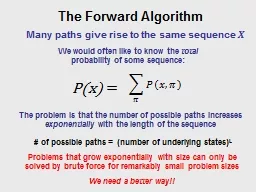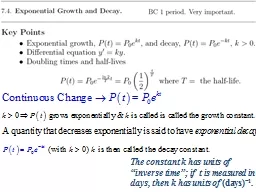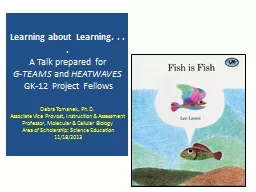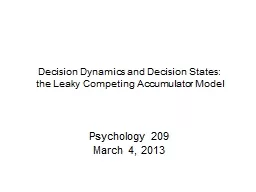PPT-On-Line Decision Problems with Exponentially Many Experts
Author : giovanna-bartolotta | Published Date : 2016-03-02
Richard M Karp Hoffman Fest September 1920 2014 OnLine Decision Problem A game between an adversary and a chooser At each of T steps the adversary secretly designates
Presentation Embed Code
Download Presentation
Download Presentation The PPT/PDF document "On-Line Decision Problems with Exponenti..." is the property of its rightful owner. Permission is granted to download and print the materials on this website for personal, non-commercial use only, and to display it on your personal computer provided you do not modify the materials and that you retain all copyright notices contained in the materials. By downloading content from our website, you accept the terms of this agreement.
On-Line Decision Problems with Exponentially Many Experts: Transcript
Download Rules Of Document
"On-Line Decision Problems with Exponentially Many Experts"The content belongs to its owner. You may download and print it for personal use, without modification, and keep all copyright notices. By downloading, you agree to these terms.
Related Documents














